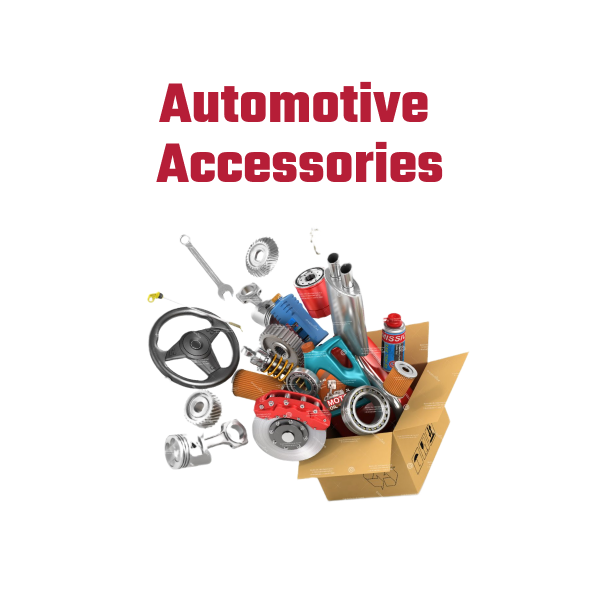How a Car Clutch Works and Other Important Information
If you are wondering how a car clutch works, then this is probably the right place because we are going to discuss high-level information about the clutch of a car.
The transmission system is like the heart of the car. It is the prime reason that connects the engines to the wheels and moves the car. And, Car Clutch is an important part of the transmission system of a car.
Without having proper control of the car it is impossible to have complete control of the car. You could have problems in starting, you could have problems like a car suddenly stopping and other problems.
In this article, we will discuss the clutch in a car, we will address the following:
- What is a clutch?
- Why is the clutch an important part of the transmission system of a car?
- How does the clutch work?
- What are some signs that your clutch is faulty?
- How to extend the lifespan of your car clutch?
What is a clutch?
The Clutch is part of the transmission system of the car. The clutch connects two or more rotating shafts. In a car, it works as the connection between the engine and the shaft that transmits the circular motion to the wheels of the car.
Why is the clutch an important part of the transmission system of a car?
The car engine is always working when it is in working (on) condition. But the wheels can’t be moving every time and every second. So the clutch is important to disengage the connection between them. This doesn’t require a complete shut down of the engine. Because of the clutch, the connection could be temporarily stopped.
If not for the clutch you’d have to stop and turn off your car engine every time you had to wait on a signal and even when you plan to accelerate your car to a higher speed through changing of gears.
How a car clutch work?

Before we dive deep into the working of a clutch and understand how a clutch works, let us just take a quick glimpse at the transmission system of a car.
The transmission system of the car is responsible for transmitting the energy from the engine to the wheels. When an internal combustion engine generates mechanical power, the pistons rotate the shaft attached to it. This rotatory motion is transferred through a shaft towards the wheels of the car.
The power generated by the engine is dependent on the acceleration and then the speed of the car is dependent on the power and the gear in the transmission system. So to have a smooth flow of the ride, the gears need to fit the speed of the car. To change the gears or to temporarily slow down the vehicle and keep the engine running, you need to disengage the connection of the shaft from the engine to the wheels. This is where the clutch does the work for you. The major science behind the working of the clutch is the frictional force. And, there are other natural laws behind its working.
Check this diagram of clutch for further understanding
The clutch has two parts in it:
- A Flywheel
- Clutch Plate
The flywheel in the clutch
The flywheel is present in the middle of the rotating shaft. In a normal condition, when the clutch is not pressed, the flywheel is also rotating with the shafts that connect with the wheels. But when the clutch is pressed, the hydraulic pressure is applied which causes the flywheel to extend towards the engine. There is friction developed, which disconnects the shaft from the engine.
The clutch (cover) plate
The clutch plate is like a spring. When the pressure is applied to the clutch pedal the plate changes its shape slightly, which applies pressure on the flywheels which ultimately disconnects the connection, as we discussed above.
What are some signs that your car clutch is faulty?
Problem in Acceleration
If you are applying pressure on the accelerator pedal and yet you can’t see a proper difference in the speed of the car, this is a sign of a faulty clutch. But it is worth mentioning that this is the case only when you can hear the engine sounds of acceleration but can’t see the increase in speed. This means that there is disengagement in the coordination of the engine and the wheels of the car.
Problem while changing gears
If you observe grinding in the gears when you try to shift them, it is one of the signs that your clutch is faulty. When you observe the grinding, try to change the gears smoothly, if you still feel them grinding, you should get your clutch replaced.
The clutch pedal feels loose or easy
If you feel that your clutch pedal is easier to press compared to normal days, this is a clear sign that there is a problem with the clutch assembly of your car. Another way you would observe the same problem is, that the clutch pedal remains on the ground or in the pressed position even when you have moved your leg from the pedal.
Burning Smell
The burning smell in a car is a sign of a lot of problems, one of these problems is a bad clutch. It could also be the result of overheating the car. Basically, if you ever smell burning you should immediately get your car checked at the service station.
How to extend the lifespan of your car clutch

If you’re driving any manual transmission car, you’re frequently going to use the clutch. Just like any other car spare part, the clutch also has a life, and it worms out with time. But based on the way you drive, you can either increase or decrease the lifespan of the clutch. If you stay careless, you will decrease the lifespan of the clutch. If you stay careful you will increase the life span.
Here are some tips to help you increase the lifespan of the clutch:
Practice slow stopping and braking
Whenever you are planning to stop the car of apply brakes, maybe at a traffic signal or at a parking spot, and start to get there at a slower speed. This will help you avoid the unnecessary use of the clutch.
Don’t keep your foot at the clutch pedal when Unnceasrily
Even while you are driving, don’t rest your foot on the clutch pedal, even when the clutch is pressed by some millimeters, it is still in use. TO increase the life span of your clutch, don’t rest the foot on the pedal.
Don’t use your clutch as a brake
As we discussed above, if you maintain the balance of the clutch in a particular way, you can use the clutch to stop the vehicle. This method for stopping the car is not recommended.
Wrap Up: How a car clutch works, symptoms of a bad clutch, and How to extend the life span of a clutch
We hope that you have now found the answer to how a clutch works. A Clutch is a very important part of a vehicle with manual transmission. If your clutch goes wrong you will have problems with the basic operation of the car.
To make sure that your clutch doesn’t go wrong, make sure you stay cautious while driving and drive smoothly. And, make sure you get your car serviced regularly




























































